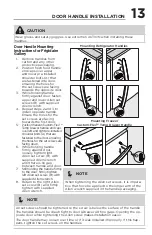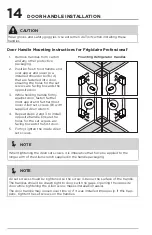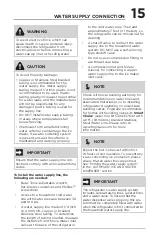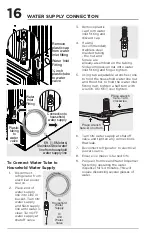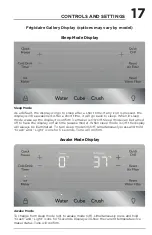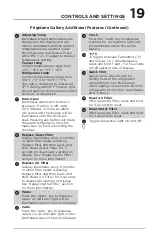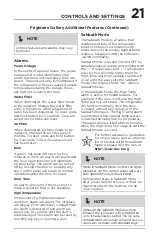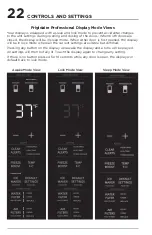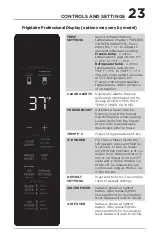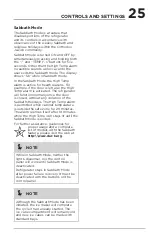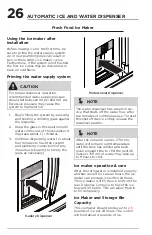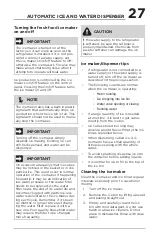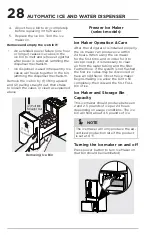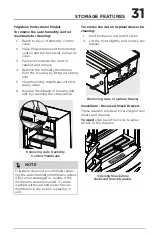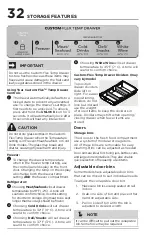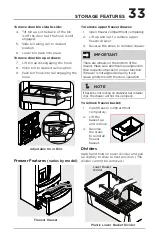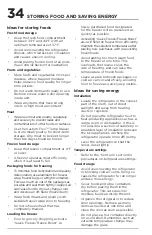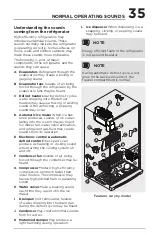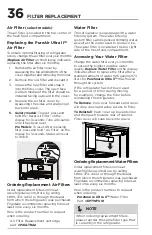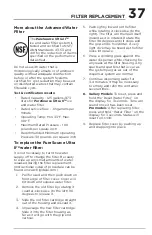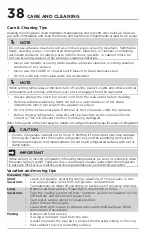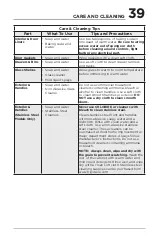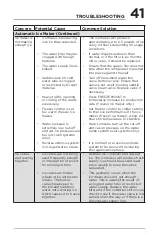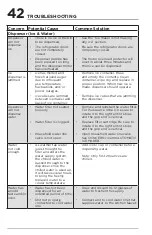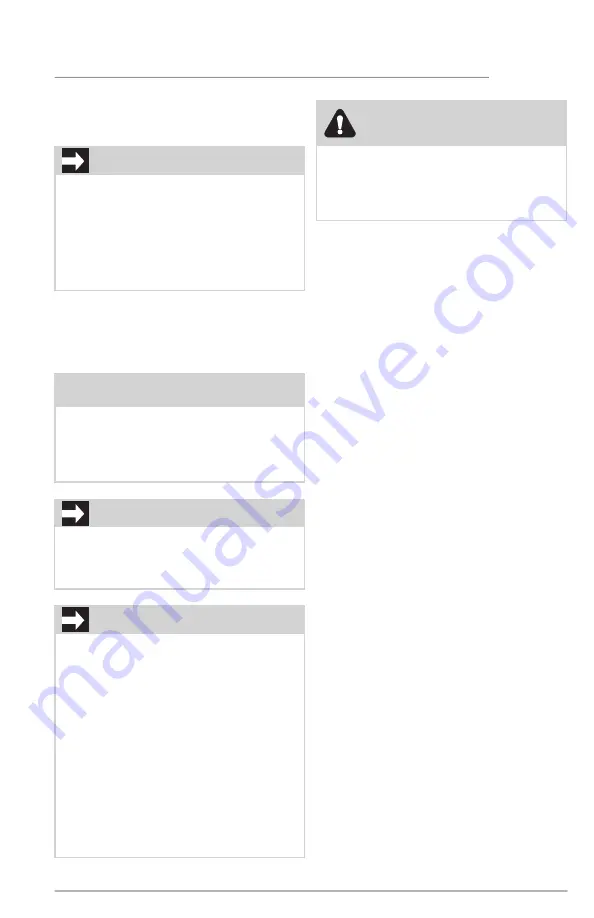
IMPORTANT
The ice maker is turned on at the
factory so it can work as soon as the
refrigerator is installed. If it is not pos-
sible to connect a water supply, set
the ice maker’s On/Off feature to Off;
otherwise, the ice maker’s fill valve may
make a loud chattering noise when it
attempts to operate without water.
IMPORTANT
Turning off the ice maker simply
disables ice making. Existing ice can
still be dispensed, and water can be
dispensed.
IMPORTANT
On occasion, unusually small ice cubes
may be noticed in the bucket or in dis-
pensed ice. This could occur in normal
operation of the ice maker. If happening
frequently, it may be an indication of
low water pressure or the water filter
needs to be replaced. As the water
filter nears the end of its useful life and
becomes clogged with particles, less
water is delivered to the ice maker dur-
ing each cycle. Remember, if it’s been
six months or longer since last chang-
ing the water filter, replace it with a
new one. Poor quality household water
may require the filter to be changed
more frequently.
CAUTION
If the water supply to the refrigerator
is softened, be sure the softener is
properly maintained. Chemicals from
a water softener can damage the ice
maker.
27
NOTE
The ice maker also has a built-in plastic
signal arm that automatically stops ice
production when the ice bin is full. This
signal arm should not be used to manu-
ally stop the ice maker.
Ice production is controlled by the ice
maker’s On/Off feature on the control
panel. Pressing the On/Off feature turns
the ice maker on and off.
AUTOMATIC ICE AND WATER DISPENSER
Turning the fresh food ice maker
on and off
Ice maker/dispenser tips
• If refrigerator is not connected to a
water supply or the water supply is
turned off, turn off the ice maker as
described in the previous section.
• The following sounds are normal
when the ice maker is operating:
- Motor running
- Ice dropping into ice bin
- Water valve opening or closing
- Running water
• If a large quantity of ice is needed
at one time, it is best to get cubes
directly from the ice bin.
• Ice cubes stored too long may
develop an odd flavor. Empty the ice
bin as explained below.
• When dispensing cubed ice, it is
normal to have a small quantity of
little pieces along with the whole
cubes.
• To avoid splashing, dispense ice into
the container before adding liquids.
• It is normal for ice to fill to the top of
the ice bin.
Cleaning the ice maker
Clean the ice maker and ice bin at regular
intervals, especially prior to vacation or
moving.
1. Turn off the ice maker.
2. Remove the ice bin by lifting upward
and pulling straight out.
3. Empty and carefully clean the ice
bin with mild detergent. Do not use
harsh or abrasive cleaners. Do not
place in dishwasher. Rinse with clear
water.

